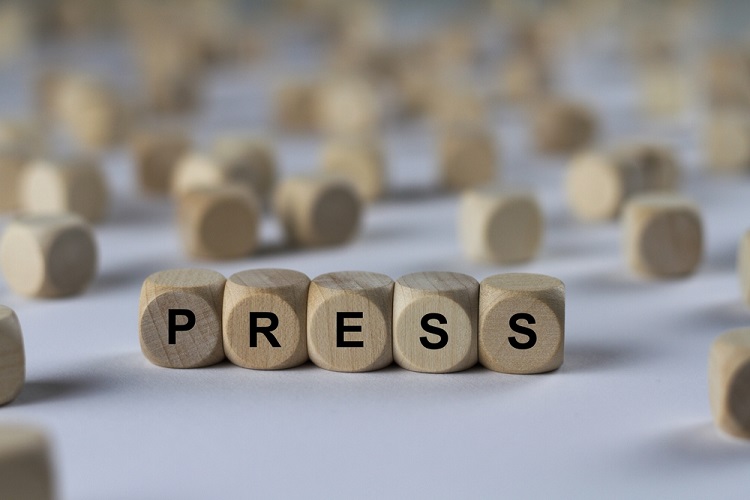Business executives frequently use the effective instrument of a press release to share significant news and changes. A press release, often called a news release or media release, is a brief statement that alerts the public and media to significant occurrences, new product introductions, business advancements, or important announcements. Its primary goals are to bridge the gap between your business and the media, sharing crucial updates with a broader audience, capturing journalist interest, enhancing credibility, and boosting online visibility through SEO optimization.
Writing press releases is a key aspect of any public relations strategy. In order to craft an effective press release, It is crucial to understand essential components of press releases.
Table of Contents
The Components of a Press Release
A well-structured press release typically consists of the following sections:
1. Headline
The headline is the first thing readers see, and it must grab their attention immediately. It should be clear, concise, and compelling. For inspiration, you can check out these compelling press release headline examples.
A good headline should be:
- Clear and concise.
- Intriguing and attention-grabbing.
- Relevant to the news or announcement.
2. Subheadline (Optional)
A subheadline can provide additional context to the main headline, offering a brief elaboration of the primary message.
3. Dateline
The dateline includes the release date and the location from which the press release originates.
4. Introduction/Lead
The opening paragraph provides a concise summary of the press release’s main points, answering the critical “who, what, when, where, and why” questions:
- Who is involved?
- What is happening?
- Where and when is it happening?
- Why is it significant?
- How is it going to unfold?
5. Body
The body of the press release delves deeper into the story, providing relevant details, quotes, statistics, and supporting information. Use the inverted pyramid style, with the most important information at the top, followed by additional details and context. It should be written in a clear, concise, and factual manner.
6. Quotes
Including quotes from key individuals within your organization adds credibility and a human touch to your press release.
7. Boilerplate
The boilerplate is a brief section that provides background information about your company, including its history, mission, and core values.
8. Contact Information
Always include contact details for media inquiries. This should include the name of a media contact person, their email address, and a phone number.
Valuable Tips for Crafting Effective Press Releases
Keep it Concise
Press releases should be brief and to the point. Aim for 300-500 words, ensuring that every word contributes to the overall message.
Newsworthiness
Ensure that your press release conveys information that is genuinely newsworthy and relevant to your target audience.
Include Multimedia
Whenever possible, incorporate images, videos, or infographics to make your press release more engaging.
Proofread
Eliminate grammatical errors, typos, and inaccuracies. A well-edited press release reflects positively on your organization.
Timing is Everything
Distribute your press release at a time when it is most likely to receive attention, taking into consideration the news cycle and your industry’s trends.
Follow-Up
After sending out your press release, consider following up with journalists to answer any questions they may have or provide additional information. Building relationships with reporters can be valuable for future media coverage.
In conclusion, mastering the art of writing an effective press release is essential for business professionals seeking to communicate their news to a wider audience. Understanding the purpose, structure, and key components of press releases, along with adhering to best practices, can help you achieve success in conveying your message and achieving your business goals.

